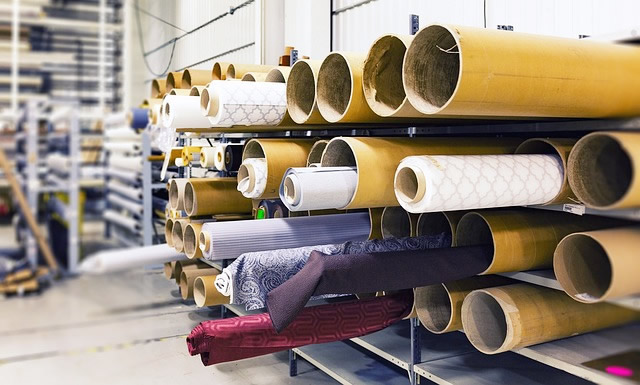先日から「Why fabric fraud is so easy to hide -「布地の偽装はバレにくい」を読んでいます。

・「布地の偽装はバレにくい」(1)
・「布地の偽装はバレにくい」(2)
・「布地の偽装はバレにくい」(3)
・「布地の偽装はバレにくい」(4)
On top of that, systems for tracking fabric as it moves through the chain can be decidedly old school.
さらに生地がチェーン上を移動する際の追跡システムも、旧態依然のままだ。
“You’ve got some supply chains literally having a physical piece of paper that’s moved along the supply chain to check where it comes from, or some kind of data entry,” says Rademan.
「サプライチェーンによっては、文字通りそこを移動する物理的な書類で産地を確認したり、何らかのデータ入力を行うところもあります」とレイドマン氏。
“But you’re not having any digital check to make sure that there’s no fraud in that certification as it gets passed along the supply chain.
「しかしその認証がサプライチェーン上を流れていく際に、そこに不正が無いことを確認するデジタルチェックは行われていません。
You’ve also not got an underlying physical check to make sure all the fibre originated from where it says it came from.”
また繊維がどこから来たかを確認する物理的なチェックも出来ていません。」
Fabric mislabelling doesn’t just mean that consumers are being short-changed.
生地の誤表示は、消費者が騙される事だけを意味するものではない。
short-change「(故意に)釣り銭を少なく渡す、だます」。
Polyester made from recycled plastic bottles has a lower carbon footprint than polyester made from petroleum.
ペットボトルから再生されたポリエステルは、石油から作られるそれに比べて二酸化炭素排出量が少ないとされている。
According to Textile Exchange, only 14% of polyester fibres used in the apparel industry in 2019 came from recycled bottles
Textile Exchangeによると、2019年にアパレル業界で使用されたポリエステル繊維のうち、再生ボトルから作られた物はわずか14%だが、
- but that figure needs to increase to 45% by 2025 if the industry is to reach its climate targets.
業界が気候目標を達成するためには、この数字を2025年までに45%に増やす必要がある。
繊維業界のごまかしは、地球の気候変動にも影響するんだぞ!という感じなんでしょうか。
とはいえどうしても100年後の地球のことより、明日の自分の暮らしが先に立ってしまうもの。
繊維業界の利益率とか、そこに関わる人たちの生活水準はどうなのかなと思ってしまいました。
先進国のファッション業界が価格競争に興じれば、繊維業界の人たちも締め付けられるし、そうなると偽装に手を出すことも十分考えられます。
問題は単純ではなさそうですよね。
理由は単純明快!「少ないコストでしっかり楽しく学べるから」。
私自身の経験(高機能でビックリ)をびっしり書いていますので、良かったら読んでみてください。
下のバナーからどうぞ!






